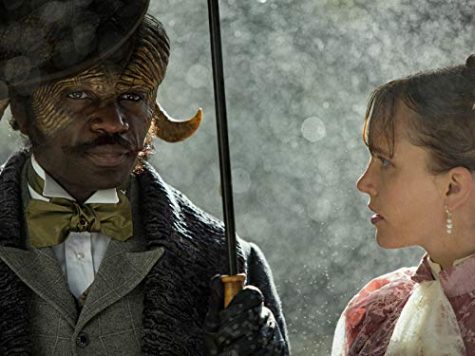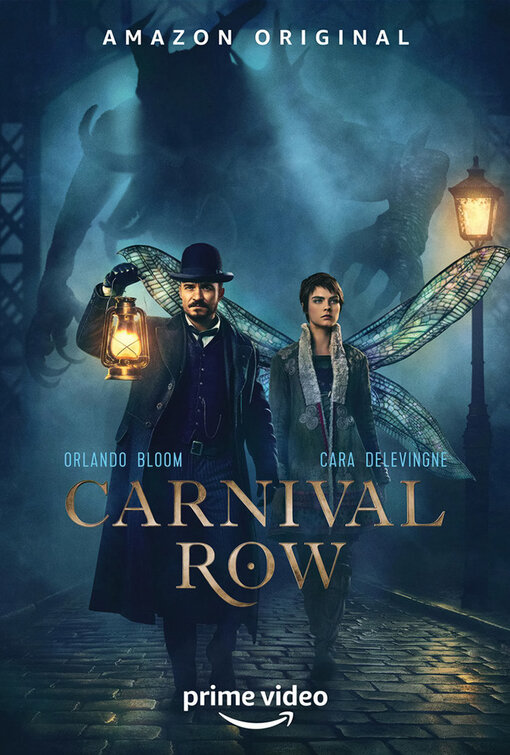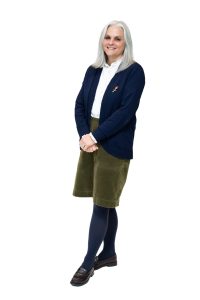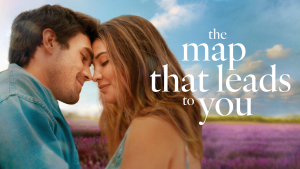Screenshots: Carnival Row
The story is a very thinly veiled commentary on bigotry in society complete with a race of people immigrating to a new country after their own has been destroyed by war.
September 11, 2019
Carnival Row is an eight-episode series on Amazon Prime Video that was released over the weekend. It is rated TV-MA for mature themes, nudity, and violence. The show follows detective Rycroft “Philo” Philostrate (Orlando Bloom) and the fairy Vignette Stonemoss (Cara Delevingne) as they try to find their footing in the Republic of the Burge.
The show boasts A-List actors, who follow through and deliver a great performance, but a show is more than just pretty faces and names.
The story is a very thinly veiled commentary on bigotry in society complete with a race of people immigrating to a new country after their own has been destroyed by war. The fey creatures are called “critch”, “pix”, and “puck” depending on their race. The characters struggle with the prejudices of the people around them and how that affects their way of life. Since moving from their own land, most of the faerish people became indentured servants to pay for their passage across the ocean. If they managed to avoid servitude, they are forced to take other demeaning and low paying jobs. The social and political elements of this show mirror that of real-life so closely that I have heard some of these exact phrases in real life. There is nothing wrong with this, but it would be more engaging plot-wise if the writers made some commentary on racism instead of just replacing minorities with fairies and leaving all else the same.
The special effects are good at best and distracting at worst. The high point is the monster. The monster is not in any well-lighted scenes and this is either because the director knew the SFX budget was not big enough or because things look scarier in the dark. The bad side of the special effects is the fairy wings because they are the focal point of the fairies so it is painfully obvious when something looks fake or unnatural. The effects during flying scenes look realistic, but it might be due to the fluttering nature of the wings which prevents you from seeing any details other than a vague blur. It’s the scenes where the fairies aren’t using their wings that look strange. There is no CGI (computer generated images) used when they are walking around, so the fairies just let their wings hang limp and motionless. In these scenes, the wings look like they are made out of cloth and don’t behave like a real body part. Wings are just like another limb. It would look really weird if everyone walked around with ragdoll arms.

On the other hand, the makeup and wardrobe departments did absolute wonders. The horns on the satyrs/fauns look so realistic and blend in so well with the characters that it’s easy to forget that they don’t really exist. This is proof that practical special effects are just as good and can definitely be better than CGI. Other aspects of the show would have looked better if the effects were real instead of added digitally, but some things have to be done in post. If you’re interested, check out the makeup/prosthetics process here. The show takes place in a Victorian style era. The people from Burge wear the period appropriate corsets and waistcoats, but the wardrobe designs really shine when it comes to the faerish people. The fairies wear tribal-inspired outfits which match the culture of their home. It really shows the thought and dedication that was put into making the show and making it feel like a real world.
As good as the story is, the show has a little bit of a problem with pacing and would have benefitted from having a total of 10-12 episodes instead of just 8, but the showrunners often have no say in how many episodes the network gives the show. My biggest criticism on this front is that the writers had a little trouble distinguishing between showing and telling. I am a big fan of fantasy universes and absolutely love worldbuilding, but there is a correct way to show off the world that doesn’t create drawn-out dialogue. For example, Vignette shows Philo a library and says something along the lines of “This is the biggest library in the world.” Show don’t tell. That is the most important thing to remember in visual media. The audience isn’t stupid and will understand the implications even if they aren’t told directly. It is distracting from the narrative and feels like a lesson rather than a story.
But the show is worth more than the sum of its parts. Altogether it is a good show that is definitely worth the time it takes to watch. The show has a critic rating of 53% on Rotten Tomatoes based on 55 reviews and 8.1/10 on IMDb, of which I think the latter is being too harsh. Despite my criticism, I thoroughly enjoyed the show and look forward to season two. It is definitely a must watch if you have Amazon Prime Video.













